Revelations of suspected scientific malpractice have raised questions of just what role the online chemistry community should play in rooting out bad behaviour
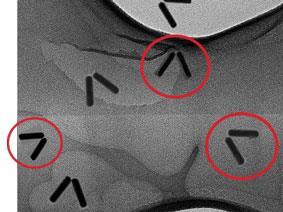
The online chemistry community has recently been abuzz with talk of fraud, unethical dealings and dodgy data. Shortly after a chemistry journal editor issued a high profile warning that doctored data had been found in manuscripts, several chemistry bloggers uncovered what looked to be worrying lapses in scientific standards.
Now, as the debate has moved on, questions are being asked as to just who should be policing the literature and what actions should be taken if problematic data is spotted. Paul Bracher, who runs the ever popular chemistry blog ChemBark, takes a tough stance. He says that ‘the chemical community has been routinely kept in the dark about cases of scientific misconduct’ by governments, universities and journals. He cites the ‘shocking rampage of deceit’ of the Bengü Sezen fraud case as an example of where the community had to fight to learn what had happened using freedom of information requests. ‘Journalism – including that provided on chemistry blogs – is one way to address this vacuum of information,’ he adds. However, Mitch André Garcia, who recently spotted what appeared to be manipulated images and posted them to the Chemistry Blog, takes a more softly, softly approach. ‘These cases of alleged fraud or ethical malpractice are better left to journals and universities,’ he says. ‘However, if data is egregiously manipulated and it occurs in a high impact journal I think it is acceptable to cover this type of situation before official retractions or investigations are complete.’
You couldn’t make it up
The case that set off this latest round of soul-searching was a paper in Organometallics on the synthesis of palladium and platinum complexes. As first highlighted on ChemBark, a slip by authors and editors meant that a text note requesting a missing data analysis was left in the supplementary information. Under normal circumstances this minor mistake would perhaps be embarrassing for the editorial team who missed it, but at first glance the text appeared damning: ‘Emma, please insert NMR data here! where are they? and for this compound, just make up an elemental analysis’. Whether this was a linguistic mix-up or something more disturbing is still unclear. The corresponding author, Reto Dorta at the University of Zurich, Switzerland, did not respond to requests for comment. However, Zurich is reportedly investigating.
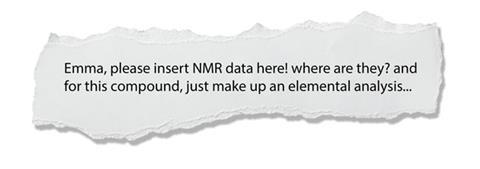
The editor-in-chief of Organometallics, John Gladysz, said that Dorta’s paper had been pulled from the print publication queue for the time being. The authors of the paper explained to Gladysz that the text in the supplementary information ‘pertains to a compound that was “downgraded” from something being isolated to a proposed intermediate’. He offered no comment on what he meant by ‘make up an elemental analysis’. While the paper is still online, the journal is now requesting the original analysis data before it goes into print. Gladysz added that it was not his place to enact the ‘retribution’ some in the community had called for. ‘As editors, our “powers” are limited to appropriate precautionary measures involving future submissions by such authors to Organometallics, the details of which would be confidential.’
Elemental analysis is routinely used to provide additional data, on top of other techniques such as NMR, on the composition of samples and give a measure of the purity of the compound. Faked spectra and elemental analyses were central to the Sezen incident.
Chopstick changes
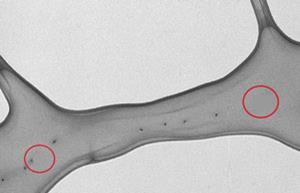
Hot on the heels of this case another blog pointed to anomalies in transmission electron micrograph (TEM) images in two papers that came out of the lab of Leonard Pease at the University of Utah, US. In the first paper in Nano Letters, the authors claimed to have demonstrated precise control over the orientation of pairs of gold nanorod ‘chopsticks’. On the Chemistry Blog Garcia, who is a chemistry postdoc at UCLA, US, noted that the boundaries of the nanorods in the TEM images overlap and appear a different colour to the background. The second paper in ACS Nano, saw Pease’s group creating nanoparticles from silk-like elastin protein polymers with a view to using them to deliver drugs. Garcia noted that in the supplementary information one of the TEM images has a grey ellipse and square that do not appear to be part of the image.
Shortly after Garcia blogged these anomalies, Nano Letters retracted the paper with a note that this was owing to ‘concerns over the integrity of the data’. The University of Utah has confirmed that it has put together a panel to investigate this case and it will have the prerogative to look beyond the papers that triggered the investigation. The report will be published in four months’ time.
Just like buses it seems that these sorts of cases come along in threes. Another post on ChemBark pointed out a number of suspicious looking NMR spectra with some very odd anomalies in three manuscripts. Closer examination of some of the figures by Chemistry World revealed that numerous peaks had been ‘disappeared’ by placing white boxes over inconvenient solvent peaks and impurities.
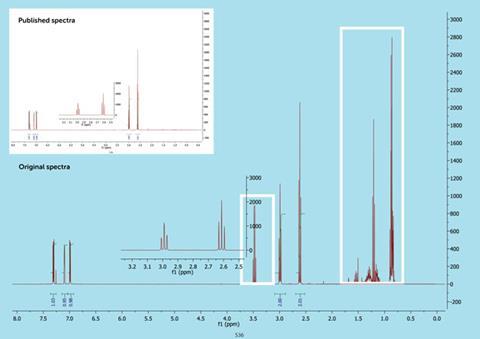
The papers under suspicion all came out of the lab of Janine Cossy at ESPCI ParisTech in France. In each case the first author was postdoc Bruno Anxionnat. Following the blog post, twopapers in Organic Letters and one in The Journal of Organic Chemistry added notes on the theme that the articles were under review as the NMR spectra were not up to scratch. This was followed by a statement from Cossy that Anxionnat had admitted that he ‘erased some peaks without telling anybody’, and added ‘I know my behavior is highly unethical’. In his email to Cossy, Anxionnat took full responsibility for doctoring the NMR spectra. Cossy added that she has now passed all the original data files to the editor-in-chief to as part of the review process.
The discovery of these altered spectra can be seen as doubly embarrassing for Organic Letters. The editor-in-chief of the journal, Amos Smith, recently made a high profile call to tackle exactly this kind of unethical behaviour, adding that it was not an ‘acceptable excuse’ for the team leader to say that a student edited the data without their knowledge. Cossy is also on the editorial board of the journal. For her part, Cossy said in the statement that this case had been a learning experience for her. ‘From now on, I will never let a student or a postdoc from my group upload a manuscript and/or supporting information files to a journal submission site by themselves.’ Cossy declined to comment further on these papers while investigations are still underway.
With great power…
While there has been a great deal of support for bloggers bringing these cases to the attention of the community, others have questioned whether this naming and shaming is the right way to go about things. Putting accusations of misconduct out on a public forum can lead to a presumption of guilt, while those under the microscope may either not get a fair hearing or be tarred by the actions of colleague.
Fredrik von Kieseritzky, a chemist and CEO of organoelectronics firm Arubedo, was one of those who expressed his misgivings in the blog comments on Dorta’s paper: ‘Shame on the community. Shame on the professor! Shame on the editors. Shame on the reviewers… As for Emma [Drinkel, the first named author in the Organometallics elementary analysis note] though, I feel her pain.’ Von Kieseritzky followed up this comment with a blog post ‘In defense of Emma’. Here he posted a letter he had received from Mary-Anne Drinkel, Emma’s mother where she expressed incredulity at the ‘hostile and aggressive comments’ posted online and how Emma’s good name was destroyed in a week.
It is time to take our heads out of the sand
Garcia worries about just this sort of problem when blogging. ‘The chemistry community is just realising how much power it has if it can put a tasty allegation into the right blogger’s hands,’ he says. ‘There is a presumption of guilt when you publish an allegation online [and] that is why I feel strongly it isn’t something that should be done routinely on chemistry blogs.’
Bracher, who is also an assistant professor of chemistry at Saint Louis University, US, says that when it comes to misconduct bloggers do need to take care. ‘This is no different from how newspapers and magazines need to be careful about how they handle their coverage of crime in everyday life,’ he points out. ‘Do we want newspapers to abstain from reporting major crimes until a trial by jury has concluded? That’s ridiculous.’
Getting to the root of the problem
Raphaël Lévy, a nanotechnologist at the University of Liverpool, UK, who’s blogged on a number of scientificcontroversies, says that part of the reason people game the system is that science’s reward system is all wrong. ‘The incentive is to publish something extraordinary and if you have something extraordinary in the lab the proper scientific attitude would be to say: “This is wrong”, and spend the next six months proving it is wrong. But actually in terms of your career the best thing to do is publish it.’ Many agree that the problem is compounded by grant funders’ and institutes’ focus on citation metrics and publications in top journals.
Both Bracher and Lévy suspect that the cases of scientific fraud that are uncovered are just the tip of the iceberg. Potential solutions to the problem include trying to tackle perverse incentives to publish fast and often, as well as submitting more raw data with every manuscript. However, Lévy doubts that there is a silver bullet for this problem. ‘I think there is no perfect solution. Even if you remove the essential question of the incentives I don’t think it will suppress fraud. People can be so taken with an idea they will adapt the reality to the idea.’
Deep seated problems within the scientific edifice would take a gargantuan effort to fix. But Bracher says that the community can start taking ethical malfeasance more seriously right now. ‘It is time for journal editors to speak out on the issue; it is time for universities and governments to make more information available about their investigations; it is time for symposia on data manipulation at chemistry meetings; it is time to take our heads out of the sand.’
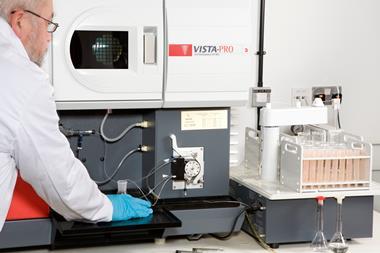
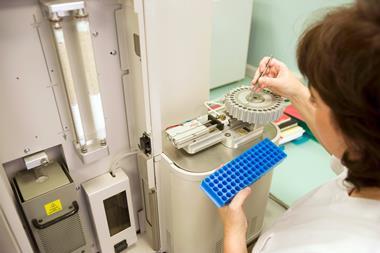
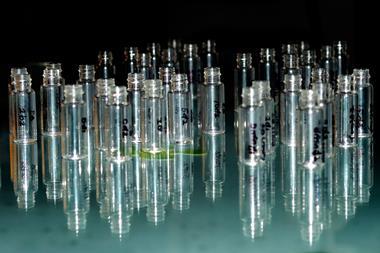


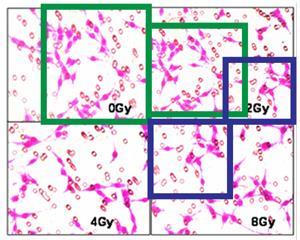






No comments yet